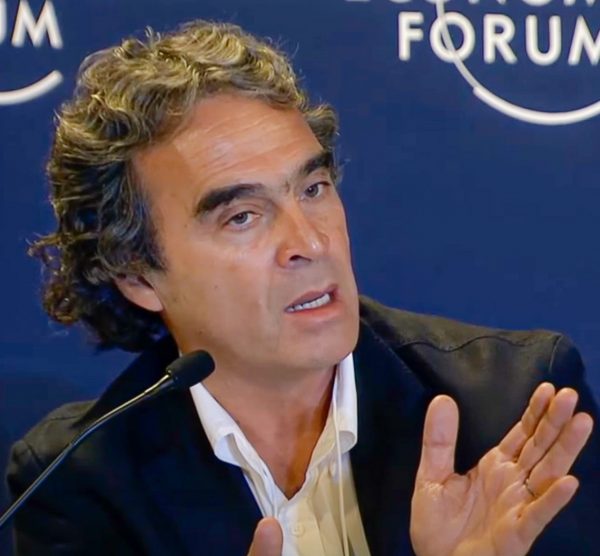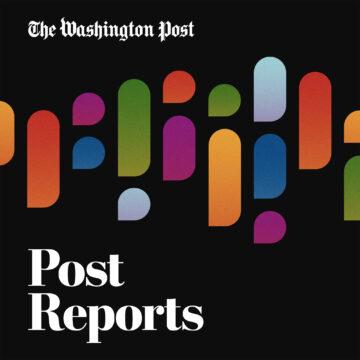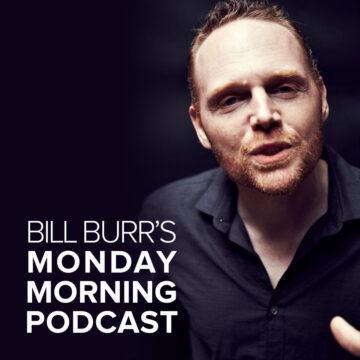Back in the 1980s, Medellín, Colombia was in the middle of a full-blown crisis. 30 years ago, this was the murder capital of the world. Pablo Escobar’s notorious Medellín Cartel was waging a bloody drug war right on the city’s streets. For Medellín’s residents, the threat of random, deadly shootings and bombings was real and constant. To outsiders, the city became synonymous with the cocaine war and indiscriminate violence.
And then, in its darkest hour, Medellín began to find its way out of that crisis. Starting in the mid 1990s, Medellín launched a sweeping revival program. The city built parks and libraries and public spaces, and a world class public transit system.
Medellín’s leaders also invested in poor neighborhoods – locally known as “comunas.” Community programs were created for residents who had long been neglected.This sweeping program was called “social urbanism” – a term coined by city leaders. It was designed to breathe new life into Medellín by investing in the needs of city residents.
It seemed to work. Social urbanism, along with a harder focus by police on drug trafficking, helped the city’s murder rate plummet by at least 80 percent. Against incredible odds, Medellín transformed from a notoriously violent narco capital to a more peaceful, model city. The press called it “The Medellín Miracle.”
The Medellín Miracle
As the city’s profile rose, Medellín’s leaders saw a huge opportunity. In 2003, a handsome, charismatic mathematician and professor named Sergio Fajardo was elected mayor. Inspired by the revival, he and other leaders dreamed of putting Medellín on the map as the most educated, most respected, and most talked about city in all of Latin America.

Fajardo created a world-class PR team that flaunted the city’s miraculous revival. And by the mid 2000s, Medellín was quickly becoming one of the hottest tourist destinations in the world. The New York Times ran a glowing article in its travel section, explaining why everyone should go and bask in Medellín’s quote-unquote “renaissance”. In 2008, Anthony Bourdain visited Medellín, ate arepas and bandeja paisa, and rode one of the cable cars. Over the next decade and half, Medellín was put on all sorts of lists of must-see cities. In 2022, nearly a million and a half people visited Medellín. Medellín was suddenly experiencing a mass influx of visitors, many of whom decided to stay long-term, which the city wasn’t ready for. And that is having huge ramifications throughout the city.
The Digital Nomads
There has been an explosion of “digital nomadism” over the last several years, thanks to the rise of remote work. Those who can travel freely and work from any place where there’s Internet have fanned out to beautiful places like Medellín, where their vacations can start as soon as they log off. Social media is filled with videos of nomads – mostly young white Americans and Europeans – telling their peers why they should come and stay long term.
In 2022, Colombia introduced a “digital nomad” visa, allowing those who can prove they are employed remotely to work in the country for up to two years. Since Colombia issued the visa, there has been a noticeable spike in foreign arrivals in Medellín. “87 hundred digital nomads are coming to Medellín every month,” says Luis Fernando, a professor of Architecture at Colombia’s National University. He explains the nomads are setting off a major housing shortage in the city. “Although they inject millions of dollars into the economy, they also cause the rise in rents, housing costs, and the displacement of residents. Apartments that would typically be available to locals are now rented out to tourists and digital nomads.”
The rise in rents is forcing locals to move to more affordable neighborhoods, which is triggering a domino effect of displacement that is rippling throughout Medellín. The lack of affordable housing options in the city has also contributed to a nearly 150% rise in homelessness in the last three years. Back in the 1980s and 90s, when the drug cartels and gangs were fighting in the city streets, the constant fear in Medellín was that a bomb would go off outside your home at any moment. “The biggest fear in Medellín today,” says local activist and artist Ana Valle, “is for your landlord to evict you from your home.”

Medellín’s growing social problems are also spreading up into the city’s hillside communities, especially a neighborhood on the west side of Medellín called Comuna 13. During the Pablo Escobar years, Comuna 13 was the epicenter of drug gang violence. It’s a place that’s often neglected by city services. It’s also been the focus of a lot of social urbanism projects – including those giant, world famous escalators that run in sections totaling nearly 12 hundred sixty feet (that’s three and a half football fields).

Today, Comuna 13 is a huge tourist attraction. Nearly 6,000 visitors pass through on the weekends, gliding up and down the escalators past walls covered in giant murals. Along those escalators, there are hundreds of souvenir shops, selling Karol G trucker hats, Medellín keychains and a lot of Pablo Escobar paraphernalia.
There are other, more pernicious traces of Escobar’s legacy, too. In the last 20 years, the local street gangs that once worked for Escobar have morphed into criminal enterprises that are taking advantage of the city’s booming tourism industry. Street gangs have taken over the nightclubs and restaurants popular with visitors. When tourists want drugs, the gang supplies it. It’s a very profitable business,” says Deysi Florez, a community activist from Comuna 13. “Even tour guides have to pay an extortion fee to be able to give a tour. The gangs have become so organized that if you give a tour or open a business in the tourist area, they approach you and ask you to “‘kindly make a payment.’”
The Dark Side of the Miracle
Perhaps the most disturbing part of this relationship between foreigners and the gangs is the way it fuels the city’s growing sex tourism industry, which is putting minors increasingly at risk. And most of these girls come from low income neighborhoods like Comuna 13. Medellín is getting global attention because of this. A popular online movement called “Passport Bros” encourages American and European men to meet so-called “exotic girls” abroad. Videos with the hashtag “Passport Bros Medellín” have millions of views on TikTok. While ex work in Colombia is legal, the concern among activists in Medellín is for underage girls who are being sex trafficked, especially by gangs.
“The sexual exploitation of minors has dramatically worsened in the city,” says Ivan Muñoz, a public health professor and an expert on sex trafficking in Medellín. “Organized crime controls all aspects of the business. The gangs recruit the girls, and use online platforms to pimp them out to foreigners. Gang members pick the girls up at their homes, and drop them off at tourists’ hotels and Airbnbs around Medellín.”
Things came to a head earlier this year when a 36-year old American named Timothy Livingston was found by local authorities in his luxury hotel room with two girls who were 12 and 13 years old. He was arrested, but soon released, and he quickly caught a flight back to the U.S. The case created a media storm across Colombia.
Thousands of people online were furious at the police for letting him get away and demanded that Livingston be extradited to stand trial in Colombia. The Livingston case really galvanized people in Medellín. It crystalized outrage that has been simmering in the city. It suddenly became very clear to many Colombians – especially Medellín’s locals – where to focus their anger. Not just on the predators, but also on city leaders. Residents blame them for turning their backs on their own citizens.
Alejandro Echeverri is an urban planner who was in charge of carrying out many of Medellín’s earliest social urbanism projects. He says the current crisis stems from decisions that were made in the first decade of the city’s revival. Thanks to the PR campaign, “some [revival] projects became famous globally,” and he says Medellín’s fundamental mistake was to promote itself so much that foreigners then came flooding in.
Una Ciudad Vitrina
Today, Ana Valle describes Medellín as “una ciudad vitrina” – a city that’s been window dressed. She and other locals say Medellín has shifted from a great city trying to serve its people, to a global city focused mainly on impressing and attracting foreigners. She and other activists are trying to address these changes in part by opening up dialogues between foreigners and locals.
“Tourists need to understand that their actions, as banal as they might seem, have real life consequences for people in our communities,” says Deysi Florez, an activist from Comuna 13. “We can all dream of the city we want to live in. We all have the right to the city.”









